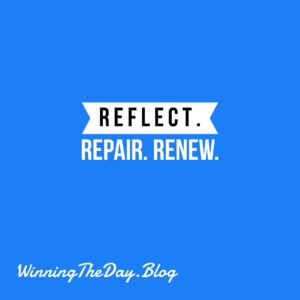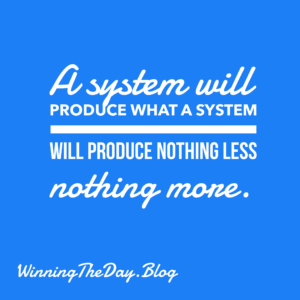Marketing Your Real Estate Practice
Let’s face it: your real estate sales and service business is a commodity. So, how do you stand out?
First, understand that selling a service is much different than selling a product. Some examples?
The Marketing Mix (4 Ps):
- Products: The marketing mix includes Product, Price, Place, and Promotion.
- Services: The extended marketing mix adds People, Process, and Physical Evidence (Social Proof).
Customer Involvement:
- Products: Customers evaluate products based on features, price, and brand reputation.
- Services: Customers actively participate in service delivery. Their experience influences satisfaction, loyalty, and future referrals.
Intangibility:
- Products: Tangible goods can be seen, touched, and evaluated before purchase.
- Services: Services are intangible; customers experience them during or after consumption. Marketing focuses on conveying the value of the service rather than showcasing a physical product.
Marketing Strategies for Commodity Real Estate Sales
Deliver Consistent Quality
Even in a commodity market, consistency matters.
- Your Affiliate Network: Ensure all of your recommended providers meet or exceed your quality of experience standard. Your brand is only as good as your extended network of providers.
- Professional Presentation: Invest in professional photography and staging services. High-quality images create a positive first impression.
- Transparent Communication: Reliable and consistent communication builds trust.
Diversify Your Expertise
Consider these strategies:
- Niche Markets: Identify specific property types (e.g., luxury homes, waterfront properties) or demographics (e.g., first-time homebuyers, retirees). Tailor your marketing efforts accordingly.
- Additional Services: Offer value-added services like property management or relocation assistance. Diversification attracts a broader clientele.
- Collaborate with Professionals: Partner with mortgage brokers, interior designers, or contractors. Comprehensive solutions enhance your reputation.
Customization
Personalization is key. Tailor your services to individual customer needs:
- Buyer Profiles: Understand buyers’ preferences. Customize property recommendations based on their lifestyle and requirements.
- Personalized Follow-Up: After a transaction, send personalized messages. Small gestures build lasting relationships.
Enhance Customer Experience
Exceptional customer experience turns clients into advocates:
- Quick Response Times: Be accessible and attentive. Respond promptly to inquiries.
- Educational Content: Share informative content on your website or social media. Position yourself as a knowledgeable resource.
- Post-Transaction Support: Provide resources for moving, home improvement, or local services.
These are just a few ideas to consider. Remember, your unique approach and dedication to the client experience will set you apart in the competitive real estate market.






